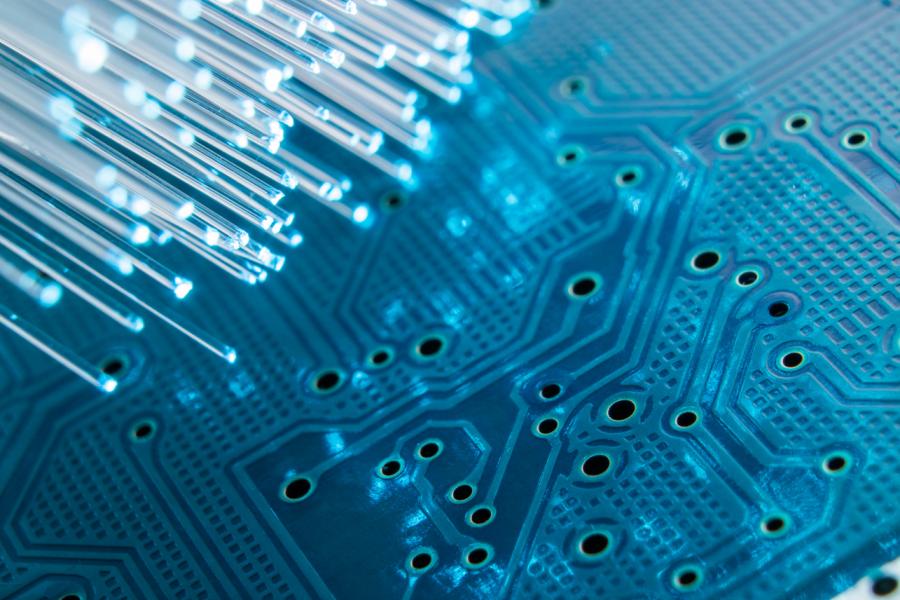The undergraduate program "Photonics and Optical Information Technologies" of the Institute for Laser and Plasma Technologies (LaPlas) of the MEPhI trains specialists who will be welcome in large scientific centers, large industrial enterprises and leading IT companies. We tell you how to act and what will be taught.

Photonics and optoinformatics is a young, promising, rapidly developing area that requires knowledge of optics, laser physics, mathematics and computer technology.
“In our rapidly changing world, more and more information is produced every year, the amount of digital and analog data is growing exponentially, so more and more advanced methods of transmitting and storing information are needed. Electronic methods simply do not keep up, they cannot scale with sufficient speed. Moreover, in classical electronics, limits are already beginning to be felt, beyond which one cannot step. Photonics allows you to go beyond these limits. Allow to increase the speed of work with information. This area is extremely relevant,” says Anna Shifrina, a young scientist at the Department of Laser Physics, lecturer at the MEPhI.
Optical fiber systems with a high data rate, ultra-large-capacity holographic storage devices, computers with optical interprocessor communication, in which light controls light - this is not a complete list of objects of photonics and optoinformatics. The tasks facing specialists in this field are interesting and large. Therefore, the preparation must be serious. Students study quantum and solid-state physics, mathematics and programming. Among the unique disciplines are optical methods of information processing, photonics, physical optics. Fundamental theoretical training is combined with a large number of practical exercises - laboratory work is carried out on the most modern equipment. Students can test their theoretical research in practice, assemble an optical device on their own or record a hologram and see with their own eyes how everything works.
The training program is primarily focused on training researchers who are able to solve non-standard scientific and engineering problems. Specialists in photonics and optoinformatics must understand the theory, know how to simulate the desired installation on a computer, and be able to assemble it with their own hands. No wonder they are in demand in the labor market. You can work after graduation in a variety of areas. Some continue to engage in science, others get jobs in enterprises that use and develop lasers, and others prefer to engage in telecommunications technologies.





